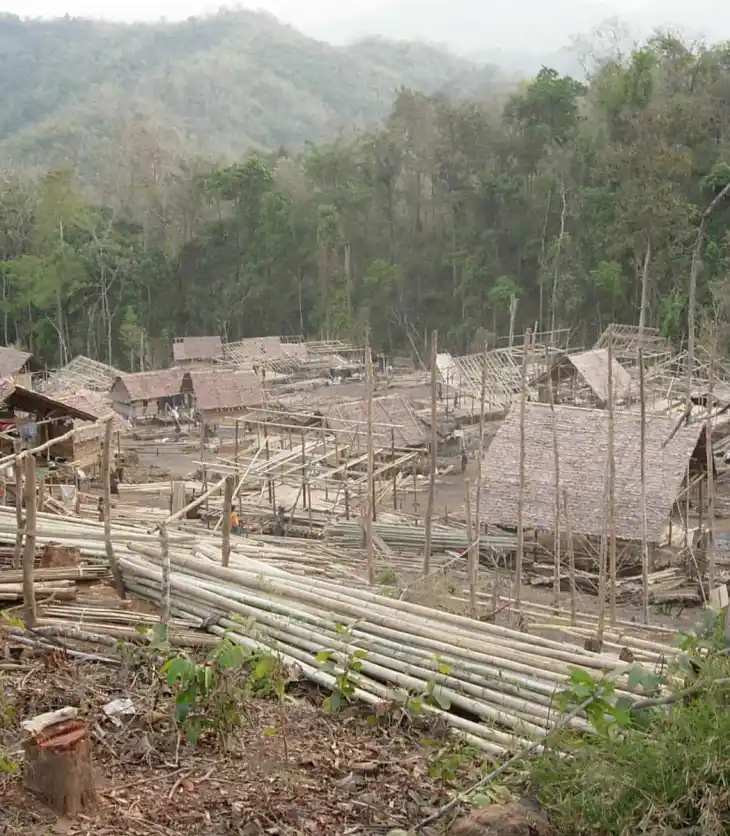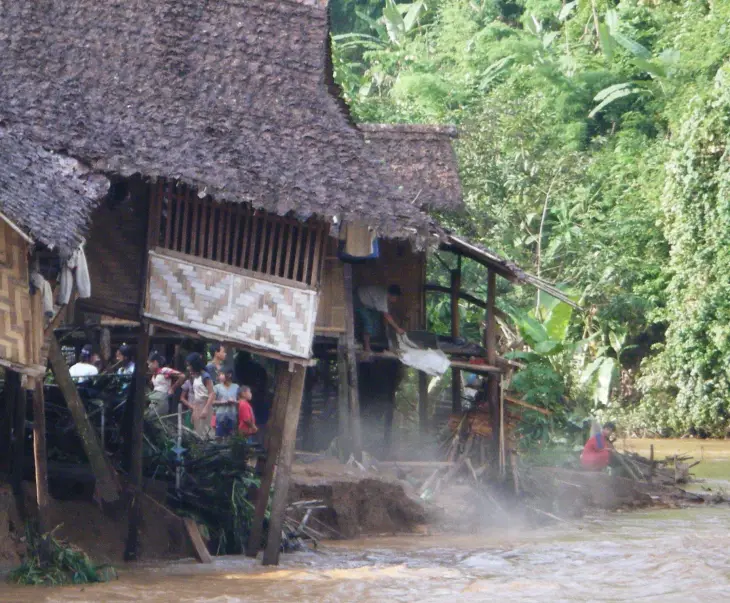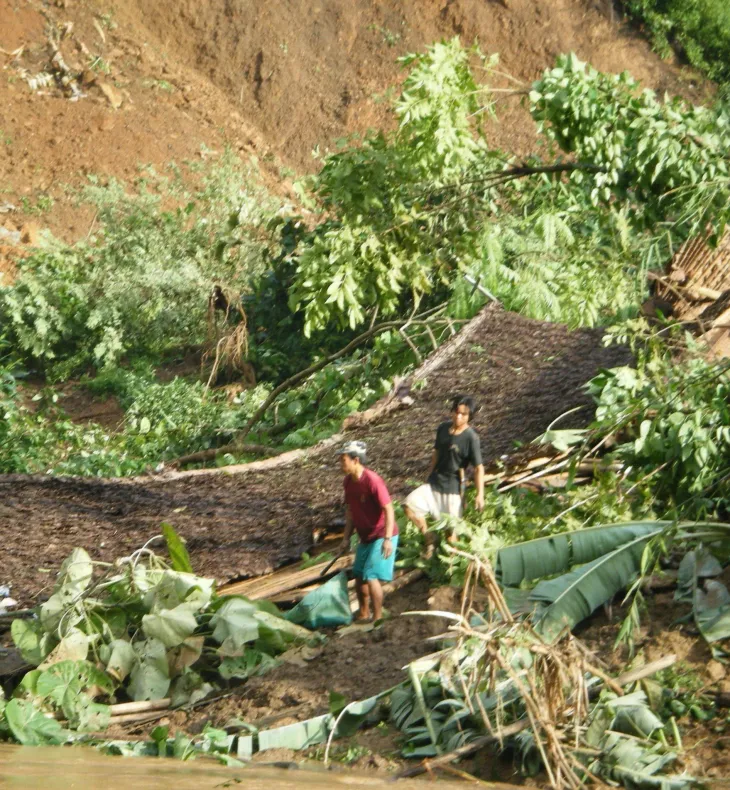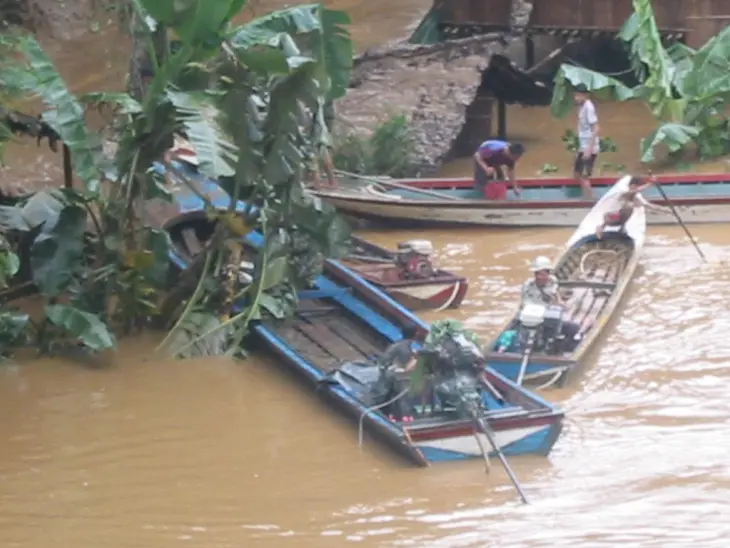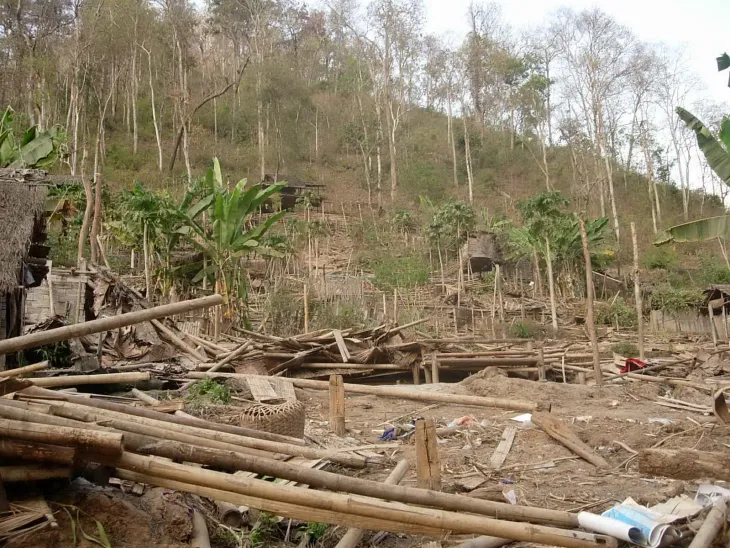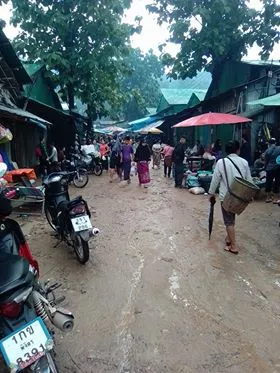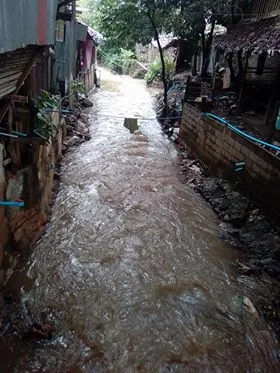One of the reasons for the success of these committees is the incorporation of
local knowledge,
defined by the United Nations International Strategy for Disaster Reduction in a policy note as “the basis of community coping practices that have helped vibrant communities survive natural calamities over centuries”, into DRR policy. This knowledge is inherent in community governance structures. Local actors should not be just a part of disaster response, but rather they should be integral to it, and have conditions created to allow them to utilize their long-standing, experience, knowledge and network. It is crucial for these local resources to be utilized and not overlooked.These committees were formally established in the years following 1984, shelters that had sprung up on the western border of Thailand following continued and sustained offensives by the Tatmadaw became formal camps, recognized by the Royal Thai Government. The committees themselves grew from existing societal and community structures that travelled with the refugees themselves, eventually becoming consolidated in the current camp management system. The number of refugees soon grew and has remained relatively constant at around
100,000 the last decade. The often reluctantly provided assistance from the Thai government, which initially hoped the refugee issue would be a temporary issue and did not want to provide incentives for refugees to cross the border, led to a natural creation and nurture of self-reliance, of which TBC has helped fund. Camp committees are coordinated by sector: there are sectors for health, education, security, WASH and more. They are also in charge of the distribution of rations, the distribution of information to those inside the camp and running and facilitating workshops held by international organizations.
[6] This structured approach to delegation of DRR, disaster response and general management responsibilities have brought large rewards. Indeed a large 2012 study
found that, “The experience of the camp management system in the refugee camps along the Thai border shows that refugee management structures can work.”
Importantly, they have been utilized in mitigation and preparation. After all, immediate disaster response and subsequent recovery are an important part of the disaster cycle, the ongoing process through which actors plan the preparation for, reaction to and subsequent recovery from disasters. Response and recovery are no more vital than the other two phases in the 4 stage cycle, mitigation and preparedness. These other two phases are long term processes, and while they are often done with much less fanfare and resources, they are just as important as immediate relief if future disasters are to be averted.
And yet, while the management of DRR responsibilities by refugee committees has been a relative success, it would be disingenuous to portray the situation in the camps solely in a positive manner due to the increasingly precarious funding situation for the camps.
In the last few years, funds have
dwindled from these camps, with many, donor agencies included, feeling the time is ripe for repatriation. Aid reduction is a very real threat, not just to the livelihoods of refugees but also to their effectiveness in dealing with natural disasters. It is impossible to highlight the agency of refugees, without also highlighting the very real impact that aid reduction has, and will continue to have, on the camps and their ability to respond to natural disasters.
These camps do not exist in a political vacuum and their long-term existence is threatened by Myanmar’s own political developments. The election of the NLD in 2015 and the signing of the Nationwide Ceasefire Agreement the same year have led many donor agencies to champion repatriation as the sole long-term solution to solve issues related to the camps. Yet enthusiasm for a return to Myanmar in the face of a faltering peace process, on-going domestic conflict, land confiscation and large-scale mistrust of the central government, remains low, with many refugees wishing to remain in the relative safety of the camps, despite the funding cuts.
Yet, the effect of these cuts can be catastrophic. If refugees are busy working, farming, or trying to supplement their meagre rations, they have less time available to dedicate to camp management. While funds remain available and can be relied upon for immediate disaster response, such as in the recent case of flash flooding, funds are not available for long term issues that are in desperate need of attention.
In an interview from their Mae Sot office, Hayso Thako from KRC explains, “From 2015 onwards, we started facing some funding cuts. We had to reduce our camp management staff. For a big camp like Mae La, it is very challenging to respond to.”
[7]
A reduction in the number of trained, experienced personnel has a negative effect on the ability of KRC, and the camps as a whole, to prepare for, respond to, and mitigate disasters. It is quite simple: these cuts are placing lives and livelihoods at stake, and are doing so both in disaster and in non-disaster contexts. The scale of funding cuts have affected day to day life and the availability of rations, whilst also, due to deceased management and personal funding, making the camps more vulnerable to the effects of any future disasters.
